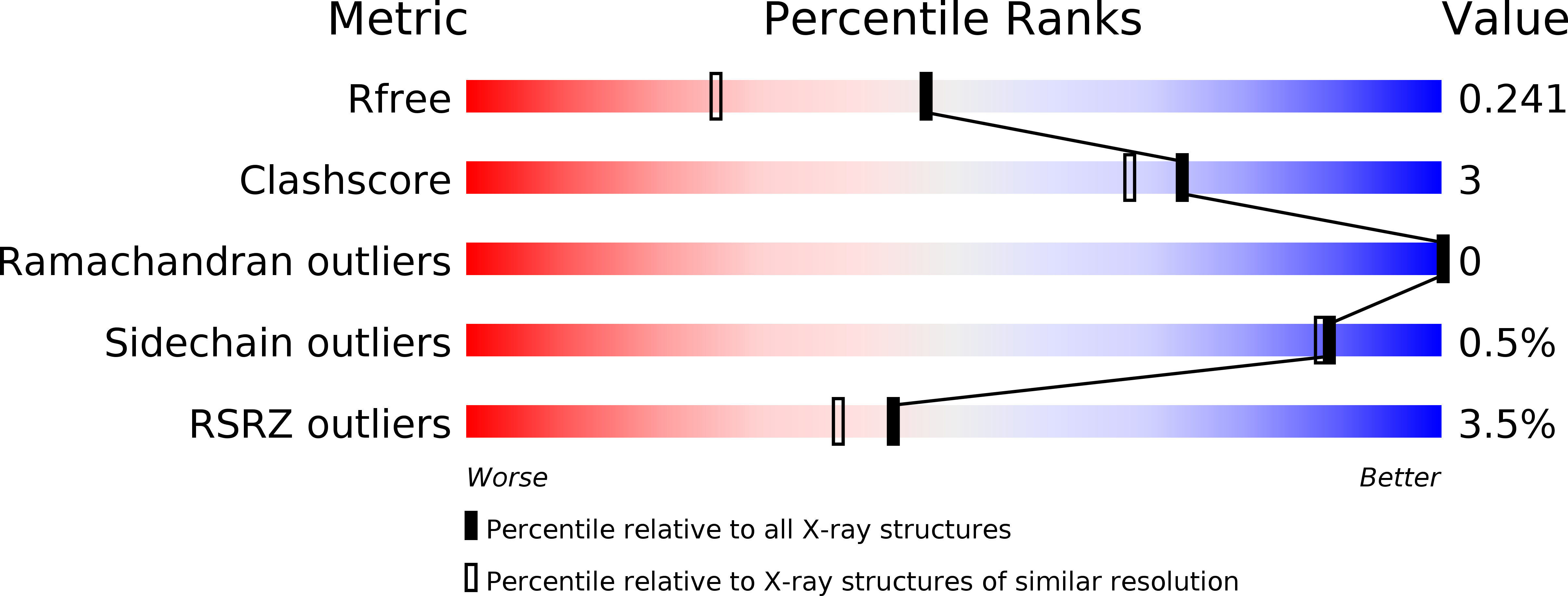
Deposition Date
2014-03-13
Release Date
2015-01-14
Last Version Date
2023-12-20
Entry Detail
PDB ID:
4CTE
Keywords:
Title:
Crystal structure of the catalytic domain of the modular laminarinase ZgLamC mutant E142S in complex with a thio-oligosaccharide
Biological Source:
Source Organism:
ZOBELLIA GALACTANIVORANS (Taxon ID: 63186)
Host Organism:
Method Details:
Experimental Method:
Resolution:
1.80 Å
R-Value Free:
0.22
R-Value Work:
0.17
R-Value Observed:
0.17
Space Group:
P 21 21 21


